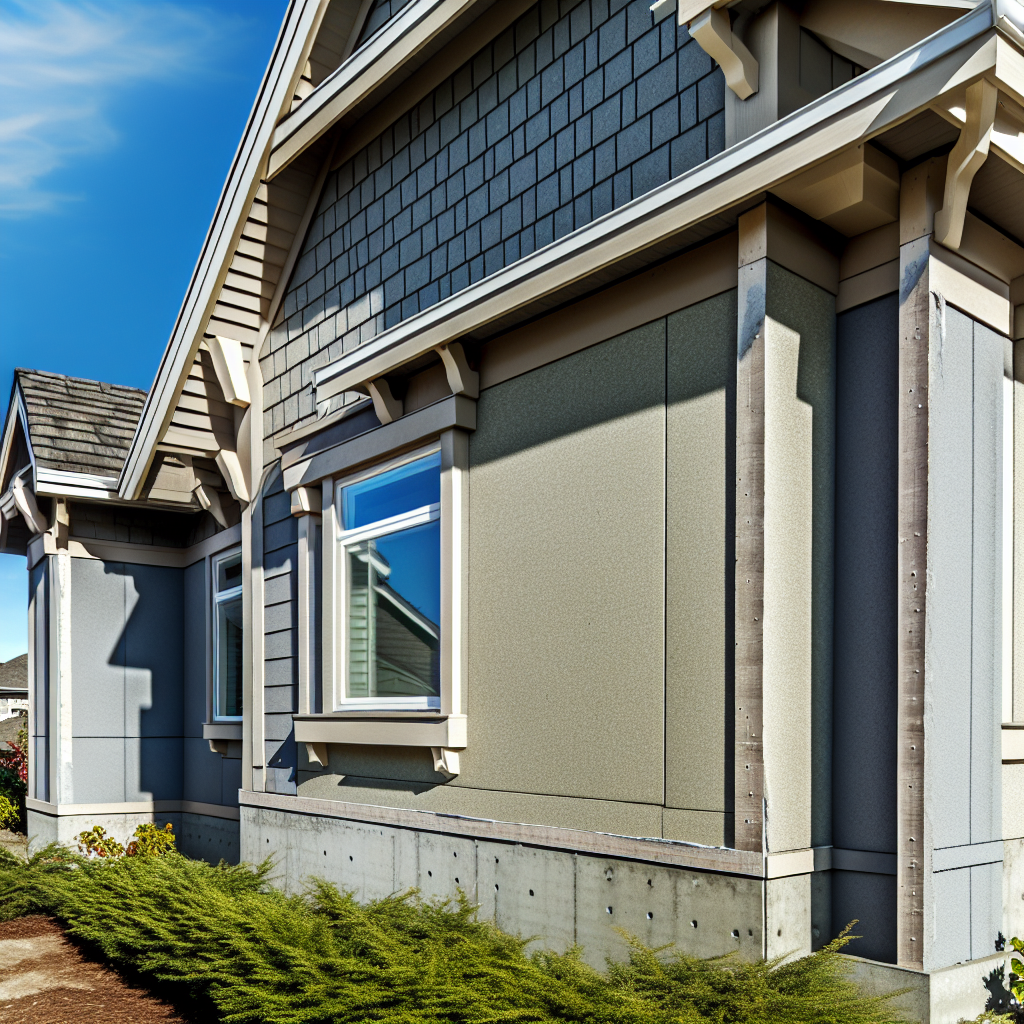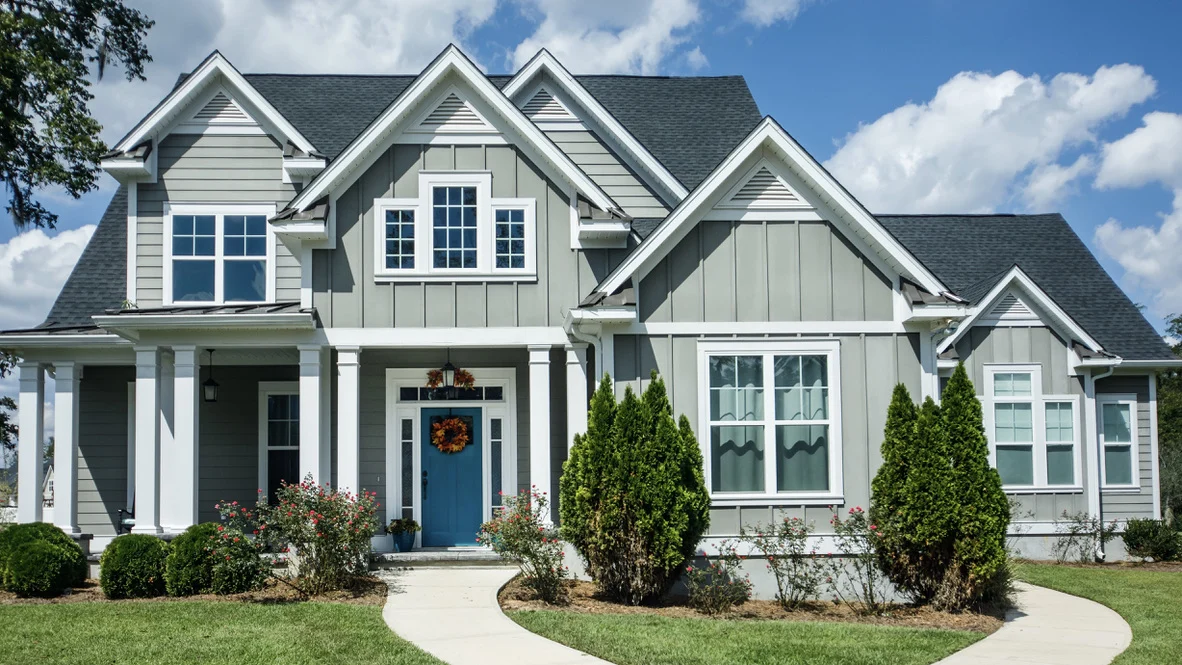
Discover why James Hardie Cement Fiber is the premier choice for durable and aesthetically pleasing home siding.
Understanding Cement Fiber: A Revolution in Home Siding
James Hardie cement fiber, also known as fiber cement siding, is a type of building material that combines cement, sand, and cellulose fibers to create a durable and versatile siding option for homes. Developed by James Hardie, a pioneer in the building materials industry, this product has revolutionized the home siding market with its blend of strength, durability, and aesthetic appeal.
Unlike traditional wood or vinyl siding, James Hardie cement fiber is designed to withstand harsh weather conditions, resist pests, and prevent rot. This makes it an ideal choice for homeowners looking to invest in a long-lasting and low-maintenance siding solution.
The Unique Benefits of James Hardie Cement Fiber
One of the most significant benefits of James Hardie cement fiber siding is its exceptional durability. It can withstand extreme weather conditions, including heavy rain, strong winds, and even hail. Additionally, it is non-combustible, providing an added layer of safety to your home.
Another advantage is its resistance to pests such as termites and carpenter ants. Unlike wood, which can be damaged by these insects, fiber cement siding remains intact, ensuring the longevity of your home’s exterior. Furthermore, it offers a wide range of design options, allowing homeowners to choose from various textures and colors to match their aesthetic preferences.
How to Install James Hardie Cement Fiber Siding
Installing James Hardie cement fiber siding involves several steps to ensure a secure and professional finish. First, it’s essential to prepare the surface by removing any old siding and ensuring the wall is clean and dry. Next, install a weather-resistant barrier to protect the underlying structure from moisture.
Once the preparation is complete, measure and cut the fiber cement panels to fit the dimensions of your home. Use special fiber cement blades for cutting to avoid damaging the material. Secure the panels to the wall using corrosion-resistant nails or screws, and make sure to leave a small gap between the panels to allow for expansion and contraction. Finally, seal the joints and edges with a high-quality caulk to prevent water infiltration.
Comparing James Hardie Cement Fiber to Traditional Siding Options
When compared to traditional siding options like wood and vinyl, James Hardie cement fiber stands out in several ways. Wood siding offers a classic look but requires significant maintenance to prevent rot, warping, and pest damage. Vinyl siding is low-maintenance and cost-effective, but it can crack or fade over time and lacks the same level of durability as fiber cement.
James Hardie cement fiber provides a balance of aesthetics and performance. It mimics the look of wood but offers superior durability and resistance to environmental factors. While it may have a higher initial cost than vinyl, the long-term benefits and reduced maintenance expenses make it a worthwhile investment for many homeowners.
Maintenance Tips for Long-Lasting James Hardie Cement Fiber
To ensure your James Hardie cement fiber siding remains in excellent condition, follow these maintenance tips. First, regularly inspect the siding for any signs of damage or wear, such as cracks or chipped paint. Promptly address any issues to prevent further deterioration.
Cleaning the siding once or twice a year with a mild detergent and a soft brush will help remove dirt and grime, keeping it looking fresh. Avoid using high-pressure washers, as they can damage the material. Additionally, repainting the siding every 10-15 years will help maintain its appearance and protect it from the elements. By following these simple maintenance practices, you can enjoy the benefits of James Hardie cement fiber siding for many years to come.

